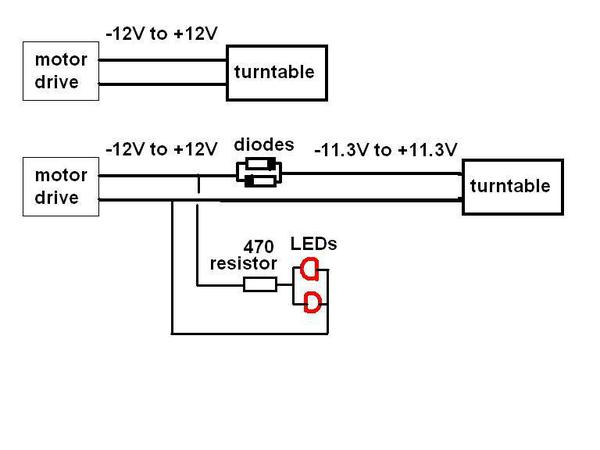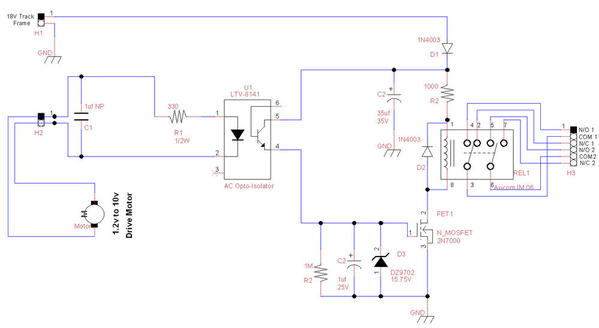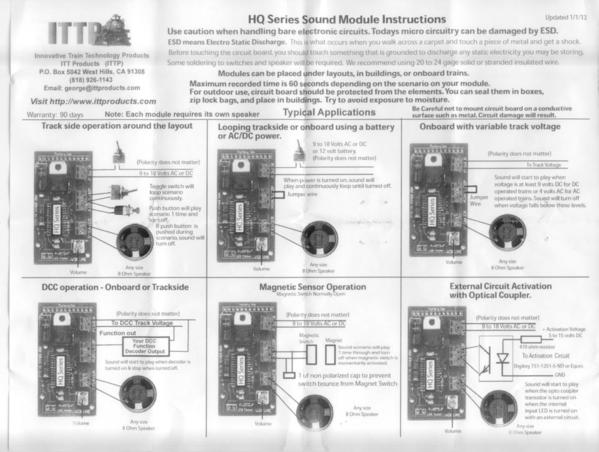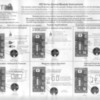Received the light relay module. Here's what I suggest you do. Use back-to-back red LEDs with a 470 ohm resistor. Aim the 2 Red LEDs at the photoresistor as shown.

When the voltage reaches about 1.5-1.6V DC, the LED is bright enough to trip the sensor if the module (led current about 0.2 mA). When the voltage is 12V DC, the LED is quite bright and of course still trips the sensor but the current into the LED is limited to a safe current (about 20 mA). As shown, one of the LEDs is on. If polarity is reversed, the other LED would turn on.

Since a 1.5V trip voltage is perhaps a bit above your requirement, you can add 2 back-to-back diodes so that there is more voltage at the light sensor circuit than at the turntable motor. So the relay will trip when the trip when the turntable reaches about 1V. I don't know how much current your turntable motor requires but I'd think generic 3 Amp diodes should be enough - maybe 25 cents each.

Notes.
1. You can use Infrared IR LEDs (instead of Red LEDs) which turn on at a slightly lower voltage. It works but the photoresistor supplied by the eBay module is not very sensitive to IR energy. I replaced the photoresistor with an IR phototransistor and it works great but obtaining IR LEDs and IR phototransistors can be a hassle in onesy-twosy quantities.
2. The relay module is meant to be one of those turn-on at night detectors. So the relay actually trips when it is "dark". This simply means you use the NC contact to supply power to your sound module. The module draws about 1/2 Watt when the relay is closed so it's not a big deal that the relay is closed when sound is off.
3. The relay module requires a 12V DC power supply.
4. I don't know what you're using for a motor drive, but I'd think that is has some kind of 0 to 12V DC source... and the DC voltage goes to a DPDT switch to reverse polarity for motor direction. If this is the case, then I'd think you could go inside the controller before this DPDT switch where the voltage is a single polarity. If you can find this voltage, then you only need 1 Red LED and resistor.
5. The sensitivity adjustment on the relay module needs to be near the most sensitive setting (Clockwise) but not fully clockwise.












